If you’re not sure if you’re the kind of person who was actually born to be an artist (or if you’re the kind of person who should pursue it as a career, anyway) visiting the French countryside is a great way to go and figure it out. Printmaker Rachel Kroh did it, and ended up becoming a full-fledged working artist, with a studio and a business of her own.
Rachel’s prints, which come to life with woodblock printing and the use of an Indigo press, are unique, comforting, and undoubtedly special. We love to learn the stories of artists who are new to our assortment, and to share those stories with our readers. Check out our interview with Rachel to hear more about her journey to self-employment, how art meets religion in her craft, and the one quote from a college professor that reminds her to keep going.
When did you know you wanted to be an artist?
I have always had the impulse to make things, but I made the decision to become a professional artist in March of 2006, when I was 24. I was actually halfway through an academic master’s program in a different field, and during spring break I visited a college friend in France. She was teaching at a small painting school in Aix-en-Provence at the time, and after a week of visiting the studio and painting the landscape out in the fields with her students, I had a moment of clarity. Even though I’d studied art in college, and done internships and residencies focused on printmaking, until then I’d been afraid to claim art as a profession and try to make a living at it. But after that week in Aix, I realized that there are all kinds of ways to make a life based on art, and though I finished my degree, I started working on applications to MFA programs and moved to Chicago after I graduated to study Printmedia at SAIC.
What was the most exciting thing about becoming a professional artist?
The best thing about being an artist is that my life feels integrated. I work hard to maintain a boundary of time and focus between my studio and my home life, but the two parts of my life are related in a way that is deeply rewarding for me. My work helps me process the ups and downs of my personal life. And the experiences and relationships that I’m most invested in personally inspire my best work.
I noticed that you have degrees in both divinity and printmaking. Do you find the two come together in your work?
Art and religion are two of the languages that people turn to when they are grappling with life’s most challenging questions. I think that’s why I’ve always been interested in both disciplines. My background studying art and religion, and the experience of working in churches for many years (I supported myself with part-time admin and music jobs while I was building my career as an artist in New York) provided me with a close look at the kinds of words, phrases and images that people find comforting or inspiring when they are going through big changes or experiencing heightened emotions. I’m interested in how we form pictures in our minds of who we are and how we are related to others, and what helps us live through difficult times and stay hopeful. It is an honor when my work can be helpful to people in that deeply personal process of expression and finding meaning.
What does your typical day in the studio look like?
I am most energetic in the morning, so I start with whatever the most challenging task for the day might be. My favorite projects include drawing for new designs and taking styled product photos for the website. I’ve found that I also enjoy the business side of being a working artist, and there is always plenty of work to do communicating with customers, managing inventory and preparing for markets and trade shows. I save my manual labor for the afternoons when my brains go a bit mushy–packaging and shipping, carving woodblocks and printing on my letterpress. I’m starting to have some help with some of the most time-consuming tasks which is great–it creates more space for me to plan and develop new ideas.
Can you walk us through how your prints are made, from start to finish?
I keep running lists of ideas for different categories and formats, so a print usually starts with a word or phrase on one of those lists. I often get inspired when we travel, so I sometimes draw from photos I’ve taken on trips. Once I have an idea, I start drawing until I have something I like. I usually draw with mechanical pencils on legal sized copy paper and then refine the drawing with vellum and markers, but I recently bought a Wacom tablet and it has been fun to draw with that since it speeds up the revision process. I set the type in Illustrator so the letters will be even, then print the design out on laser paper. I transfer the drawing onto a block of Shina plywood (harvested specifically for woodblock printing in Japan) using a blender pen, then use that as a guide to carve with hand tools. I mount the block in my Chandler & Price Pilot letterpress for printing, and if there’s more than one color, I use acetate to register the image (each color in a design has a separate carved block). Then I scan the image at a high resolution and enlarge it, and the prints are made using an HP Indigo press. I like the Indigo because the prints have a matte finish and rich colors, and they look very similar to the small greeting-card sized images that come off my hand press.
Why woodcuts? Do you feel they communicate a different message than other media?
Because of the obvious mark of my hands in the carving process, I think woodblock prints have a vulnerability about them that makes the medium a good fit for my work. There’s a warmth that comes across through the grain of the wood. The imperfections that are an inevitable part of the process help express the sincerity I’m always striving for in my designs.
Is there a trinket, talisman, or other inspirational object you keep near as you work? If so, what is it and what does it mean to you?
In the past couple of years I’ve had the good fortune to participate in some wonderful craft markets around the country and I’ve been collecting things for my studio that I’ve traded with other makers. I love ceramics and weavings especially, and having things that other people have lovingly made and put out into the world makes me feel like I’m part of a community. Seeing them around me while I’m working reminds me that even though being a professional artist is a challenging path to choose, there are lots of other people who are doing it successfully and that helps me push through the hard days.
What quote or mantra keeps you motivated?
There is something my college printmaking professor said to me that has always stayed with me: “You can’t skip anything.” I was making some grandiose plans at the time to create some kind of huge book where every page was a separate Intaglio print, but at the time I hadn’t really mastered the technique of being able to print the same plate more than once the same way. Her point was that art may be a gift or an academic discipline or even a spiritual practice depending on how you look at it, but it is also a craft, just like making a great table or being able to fix a car. Its like gambling–there’s beginner’s luck but if you’re going to really commit you’re also going to lose a lot and it takes years to get good at doing it consistently. There is a lot of editing that has to happen, and you have to make a lot of bad art in order to be able to create something that really works. It’s tempting to want to skip ahead, to be further along in the process of being able to realize all the work that lives in my head. It is helpful to remember that even the bad drawings and the failed projects are an important part of developing an artistic voice and a body of work.

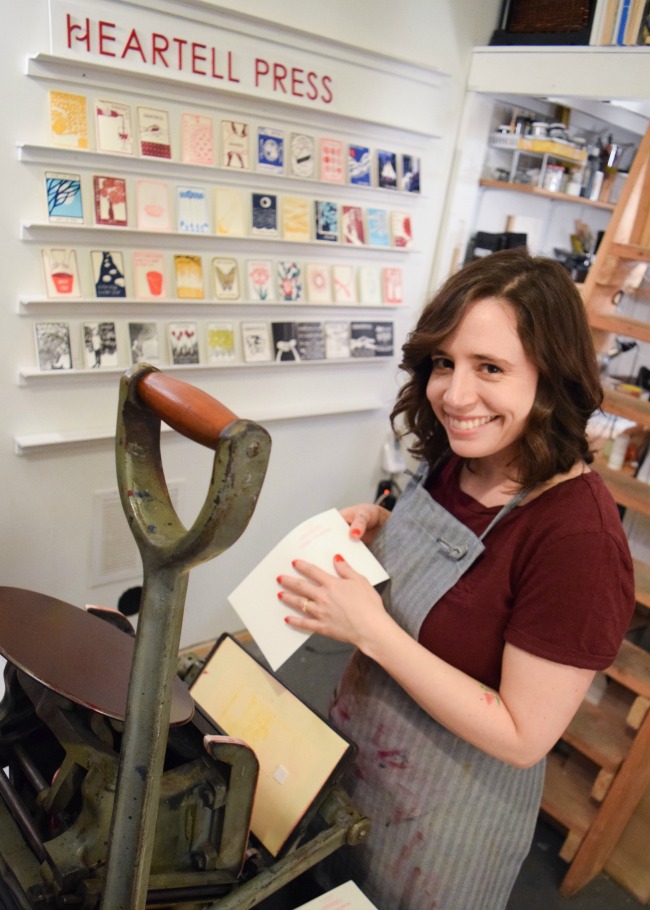
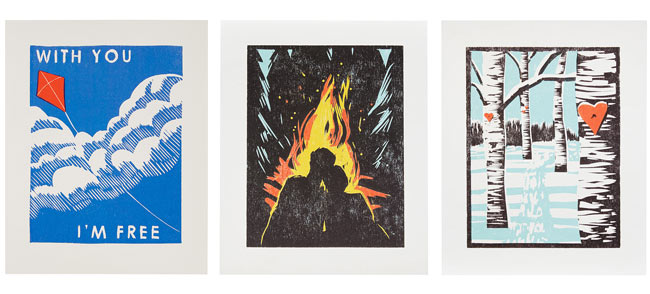
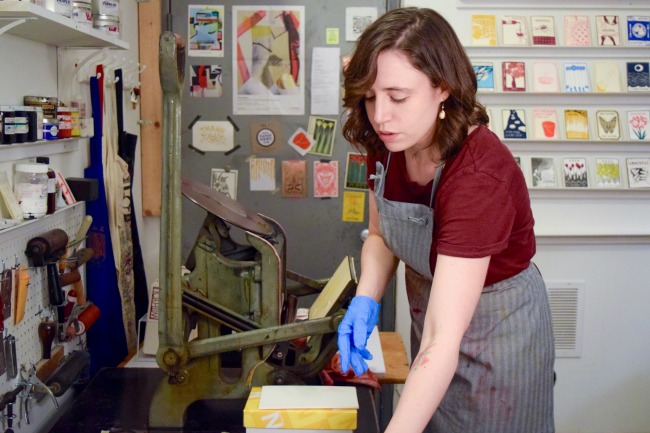
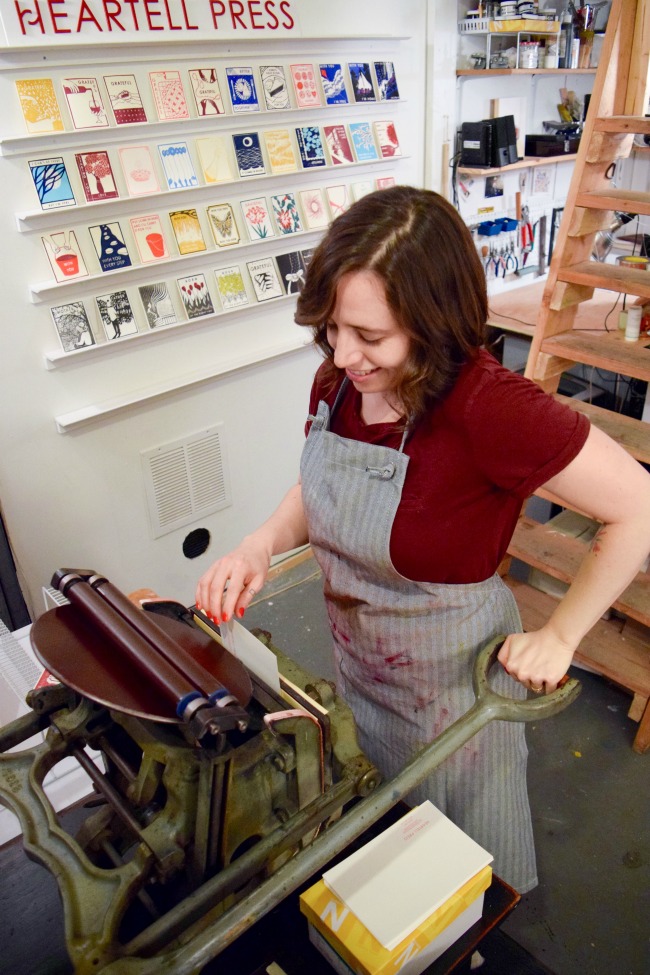
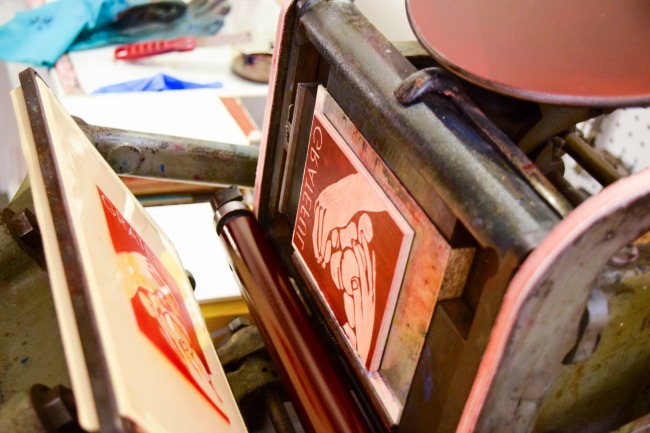
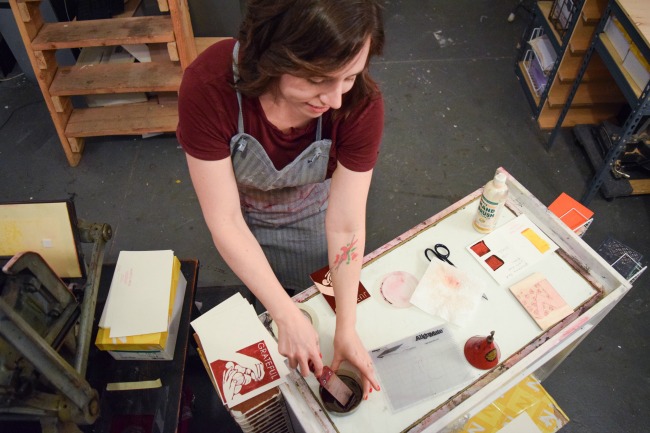
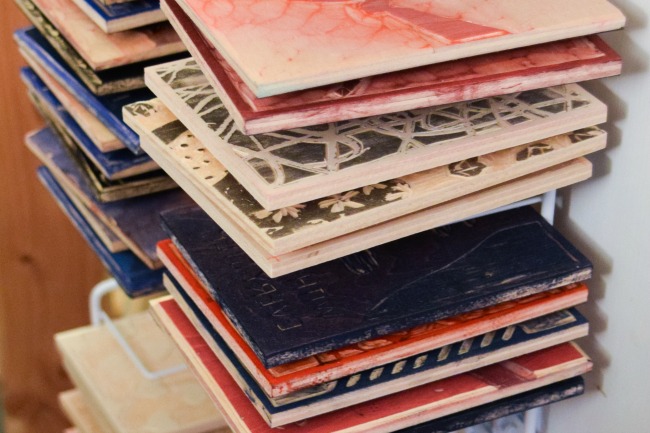
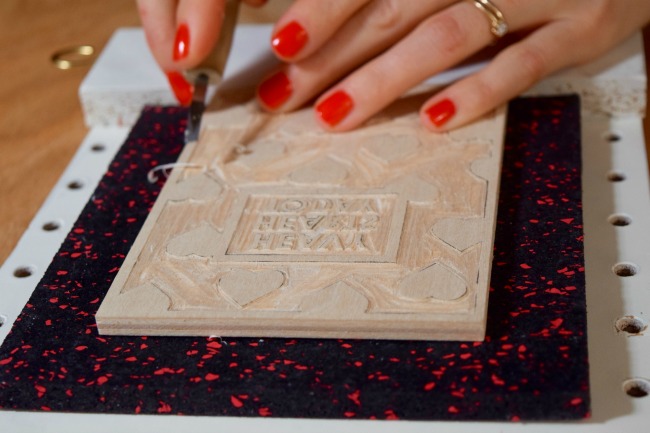
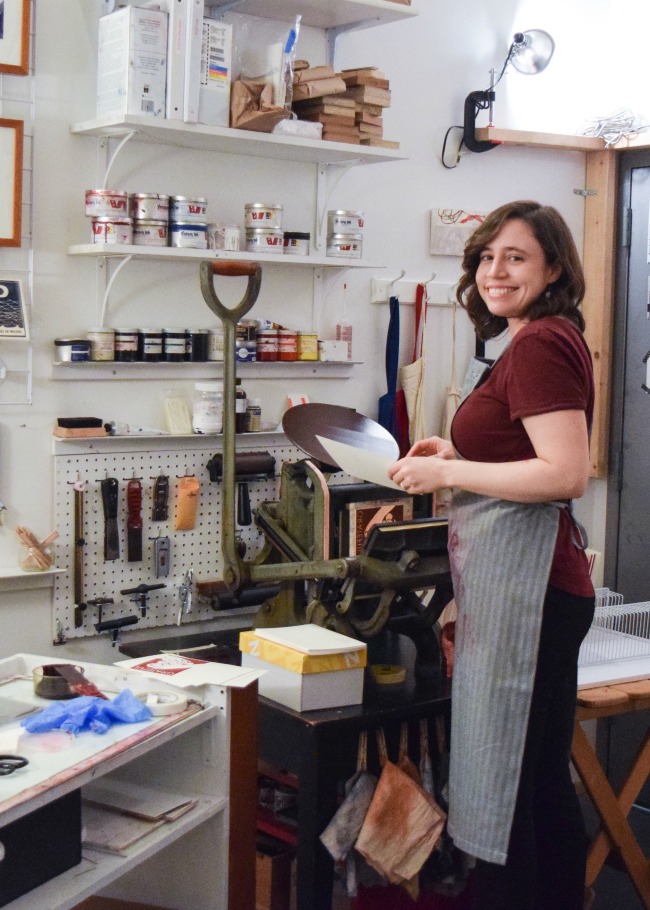

No Comments